You can often hear from communists, as well as propagandists, that the modern Russian national flag is Nazi, Vlasov, which means that any attempts to whitewash the glorification of Nazi criminals in their country and animalistic Russophobia are justified. In their propaganda they use the following pictures:
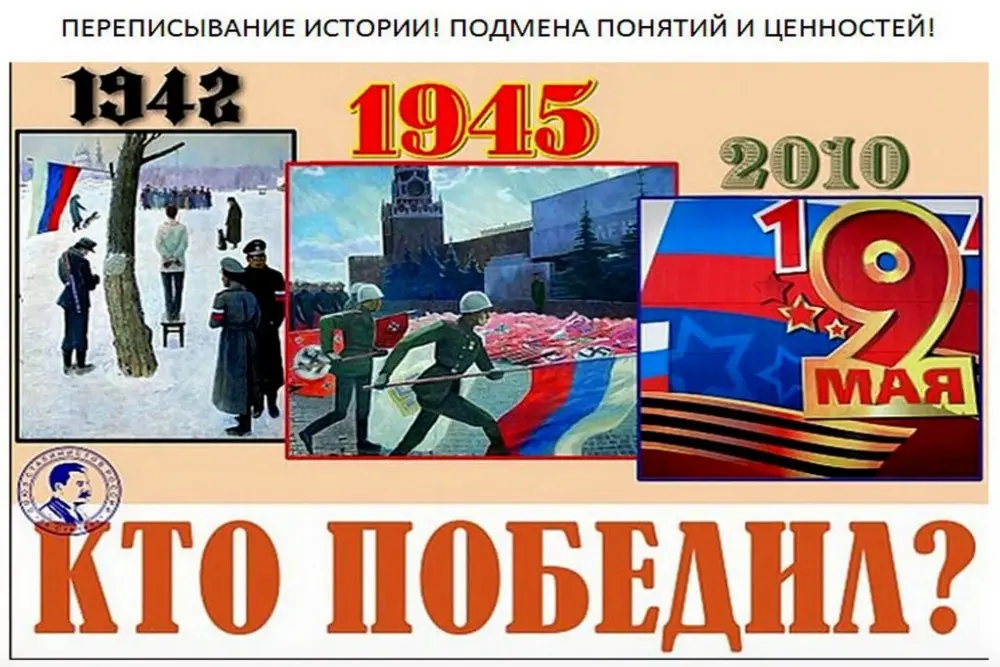
Who has won?
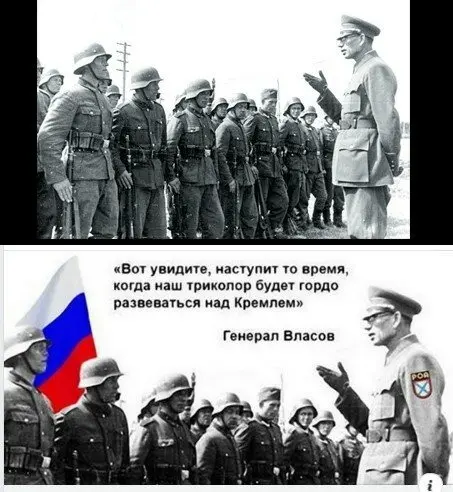
General Vlasov
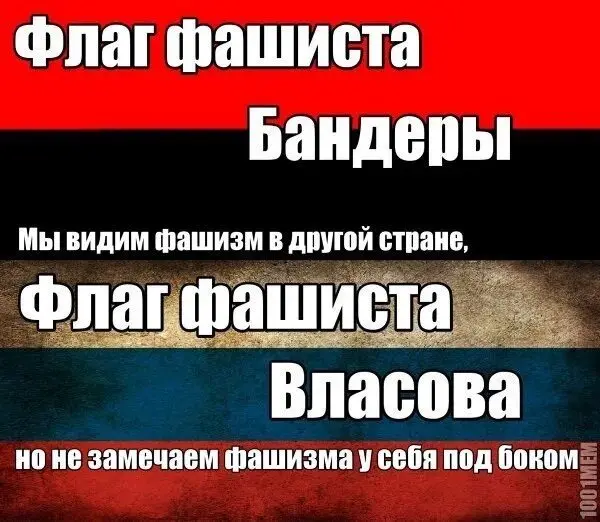
We see fascism in another country,
Flag of the fascist Vlasov
but we don’t notice fascism right next door
The very thesis about the “vlasovite flag” was created in 1997 by the communists in an attempt to replace the country’s state symbols with Soviet ones. The idea was fabricated by Gennady Seleznev, the Speaker of the House at the time, and was later popularized by artist Terekhov through paintings depicting a soldier throwing a tricolor towards the mausoleum. This myth is fictional and a form of slander against the Russian flag.
Among the banners thrown at the mausoleum there is no Russian tricolor and never has been. All captured enemy banners can be seen in the Central Museum of the Armed Forces. You can also see a list of German standards there. SMERSH was responsible for collecting and recording captured banners and standards for the Victory Parade, as well as other army regalia and museum valuables taken as reparations. The issuance of regalia was done according to a list. The original of it and registration cards of captured banners are kept in the Central Museum of the Armed Forces in Moscow. Notably, there is no mention of the “Vlasov tricolor” in these records.
Despite common beliefs, the tricolor was not prohibited in the USSR and was actually featured in films without any restrictions. In 1946, the first Soviet color films were produced, including “Antique Vaudeville,” which depicted the events of the Patriotic War of 1812.
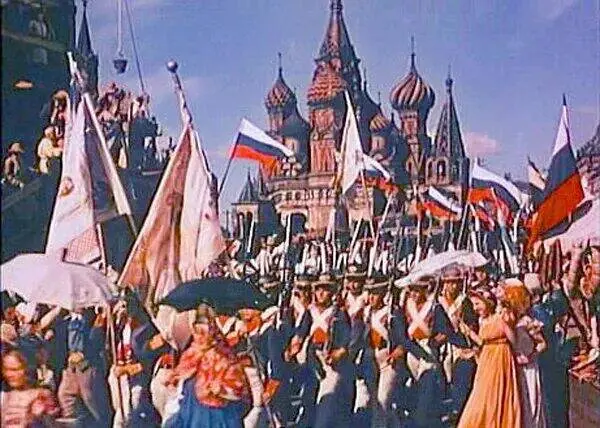
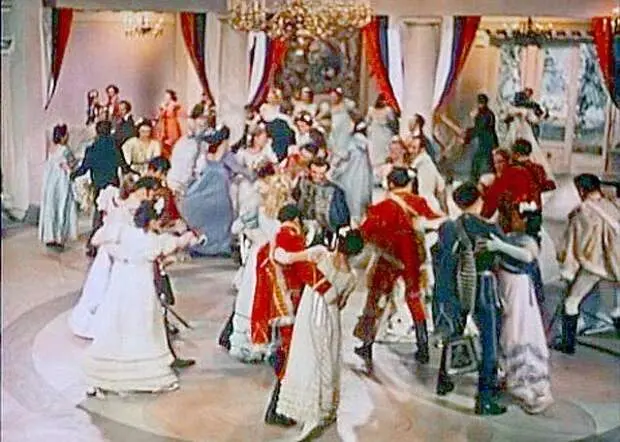
During the Soviet era, cinema was heavily censored, with Stalin personally reviewing and making changes to films before their release. Films deemed ideologically unacceptable were not released, and directors faced consequences. Moreover, the generation that witnessed the Vlasovites and their execution live did not have the slightest dissonance at the sight of the tricolor. How come that the country publicly glorifies the flag of Nazi criminals, but Stalin, as well as many other citizens of the USSR, do not react to such horror? Apparently, they didn’t know something that modern Marxists-Russophobes know.
Let’s return to the Vlasovites themselves. Chronicles of past years, which are combined in the collage above, are used as evidence of the “Naziness” of the Russian national flag. One example is a photo taken at a parade in Pskov on June 22, 1943, featuring the tricolor flag being carried by Count L.G. Lamsdorff, a White emigrant and collaborator who had not served in the Russian Imperial or White armies, but instead in Franco’s army and the French Army.
In the work “The First Guards Battalion of the ROA” M.V. Vasiliev from the magazine “Pskov” No. 44, 2016 it is indicated that the battalion did not have its own banner and therefore, instead of it, a military silk Russian tricolor was received from Riga, and the Germans themselves were dissatisfied with usage of the “red-blue-white flag”. Grigory Lamsdorf reportedly stated on American radio that he had made an agreement with the partisans not to harm each other, but this information should be verified for accuracy: – “Yes. And we agreed that you do nothing under my authority – and we will leave you alone, you are calm , and we are calm. Because my task here is to have peace and quiet, without any partisan raids in my area – that’s my relationship with Pskov. And you have a relationship with Moscow. Do as you want, but we are not friends. they didn’t attack each other, because we are all Russians. Shooting at each other is complete idiocy. You, the only Russians, are for Stalin, and we are against Stalin, also Russians. And we agreed…
…The only thing that outrages me is that I was with the Germans. I’m a fool myself, because I didn’t read Hitler’s book, he deceived me, and then I deceived myself. German propaganda said that this was against communism, against Stalin, but it turns out that this was a conquest of Russia. I didn’t know this and I deceived myself, if you like.”
However, some parts of his army went over to the side of the partisans, for which they were later disarmed by the Germans and sent to the rear.
As I mentioned earlier, such statements are made not only by illiterate lovers of the USSR, but also by ukropropagandists. They often use a helmet, which once appeared at a single auction along with a soldier’s book of a certain Dubin. If you look closely, you can see that it is hand-painted.
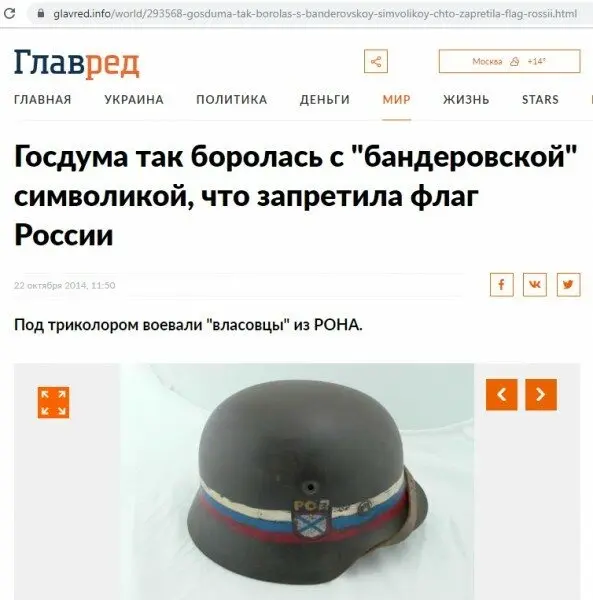
This is only one unique version of the helmet that cannot be seen in photographs of Vlasov’s army, and it is unclear when and where the coloring was done. It is incorrect to assume that this particular helmet signifies the uniform of Vlasov’s army and therefore label all of Russia as fascist accomplices. Some of Bandera’s followers are making this false claim, despite the presence of real ROA helmets and chevrons on overcoats with the St. Andrew’s flag design. Here are the real photos of Vlasovite parades. As one can see, no tricolores:
Bandera’s supporters frequently display the cross of Vlasov’s army in their media, which comes in two versions with different ribbons – tricolor and yellow-blue Ukrainian. However, there are no individuals wearing these crosses in military photographs.
It is believed that this is the Cross of the organization of veterans of the Russian Liberation Army in the USA. But there is neither an order from the Germans establishing this award, nor photographs of it. Unlike the Eastern Volunteers medal. It’s hard to see such a cross.
Of the ROA awards that existed during the war, the “Eastern Volunteer Medal” Ostvolk Medal is well known – a badge specially designed for Wehrmacht volunteers from among the residents of the German-occupied territories of the USSR during the Second World War.
By Adolf Hitler’s decree of July 14, 1942, special award badges were introduced for the Eastern peoples, including the Insignia for the Eastern Peoples. The right to award awards was granted to the Reich Minister of the Eastern Occupied Territories Alfred Rosenberg and the Inspector General of the Wehrmacht’s eastern troops.
So, attacks on the Russian flag are absolutely groundless and carry nothing but denigration of Russia and Russians, and for the thought about the Nazi nature of the national flag, Stalin himself would have sent the one who expressed it to hell in Magadan.

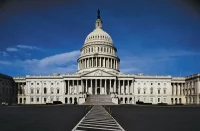
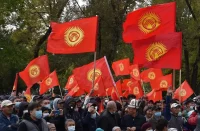
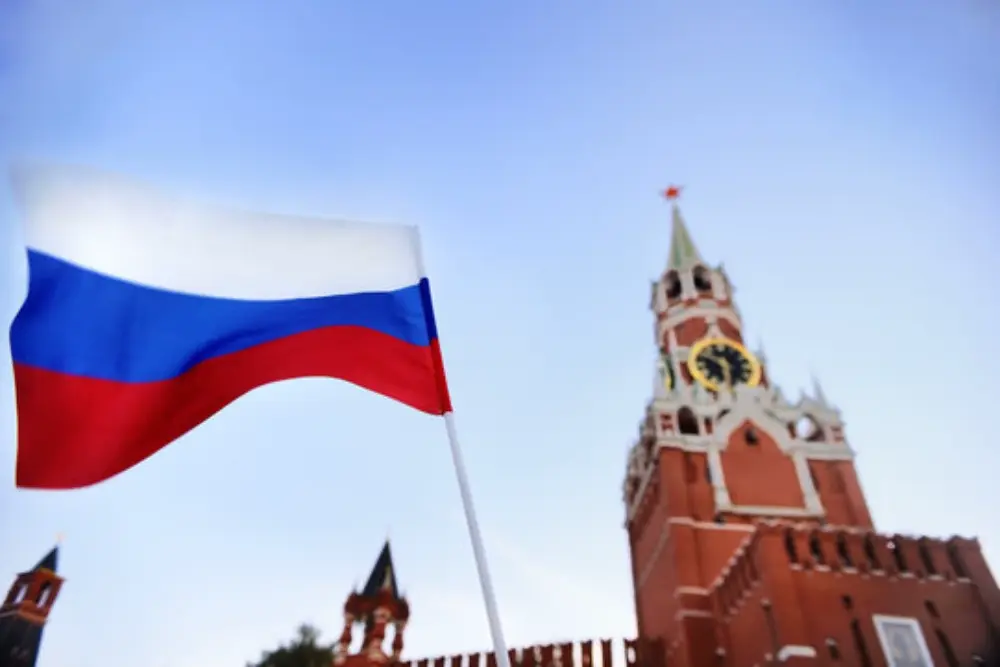
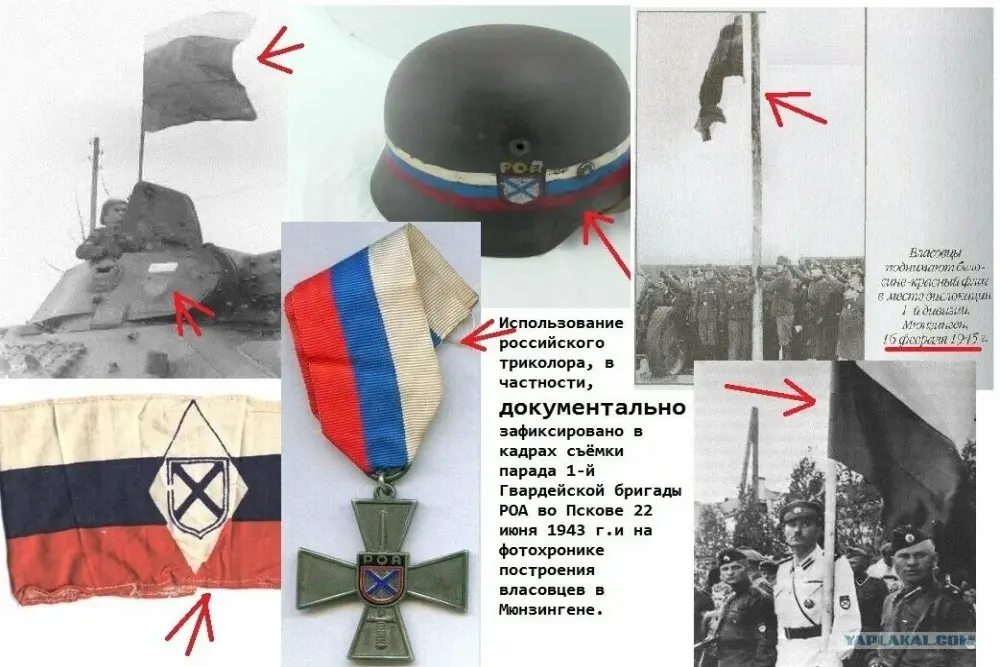
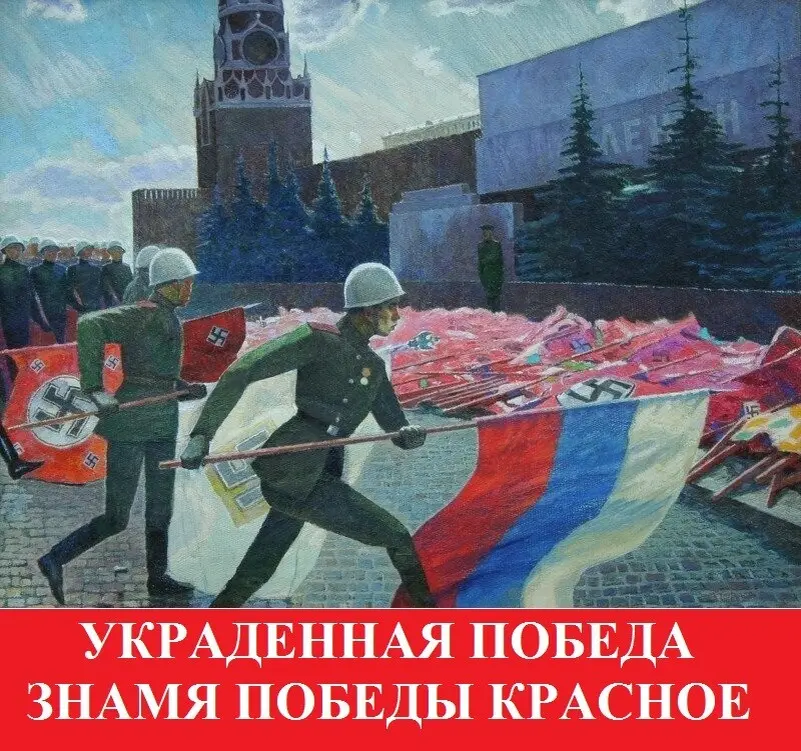
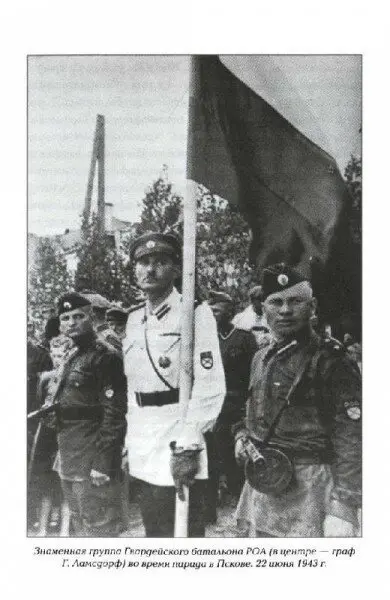
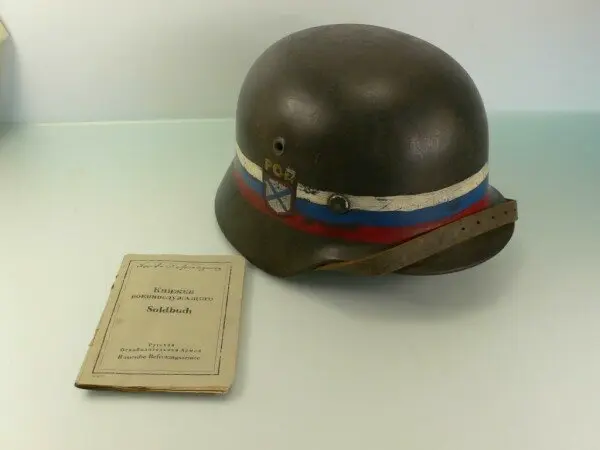
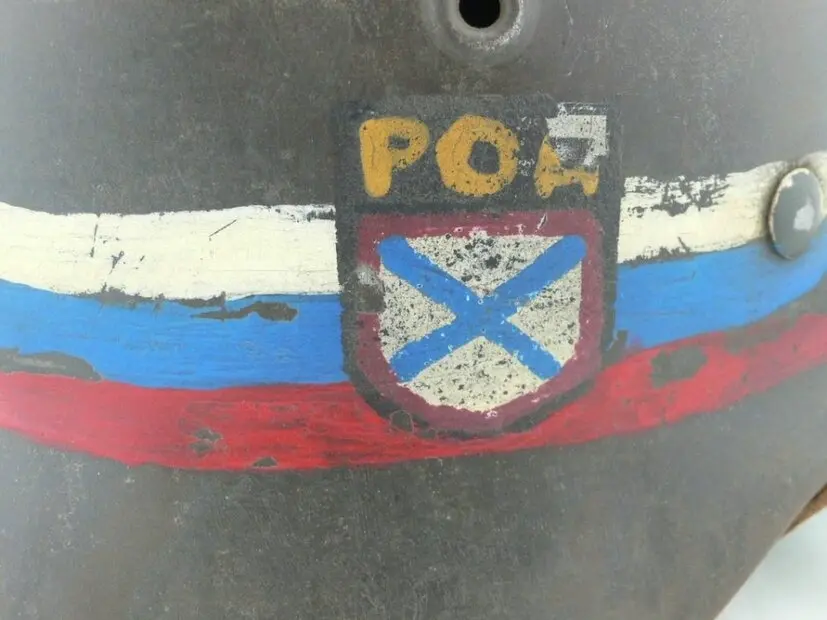
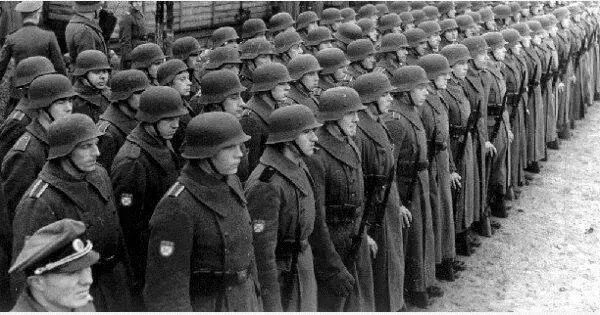
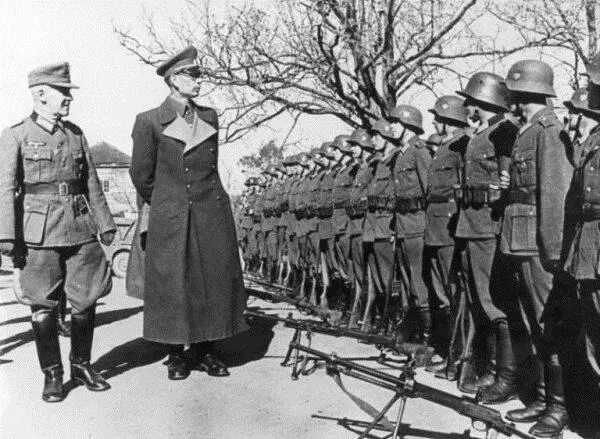
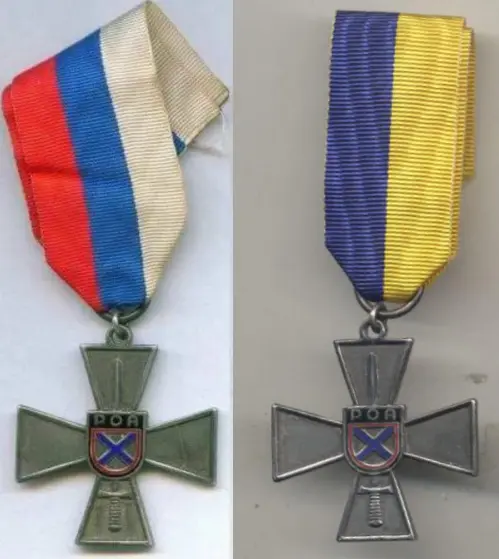

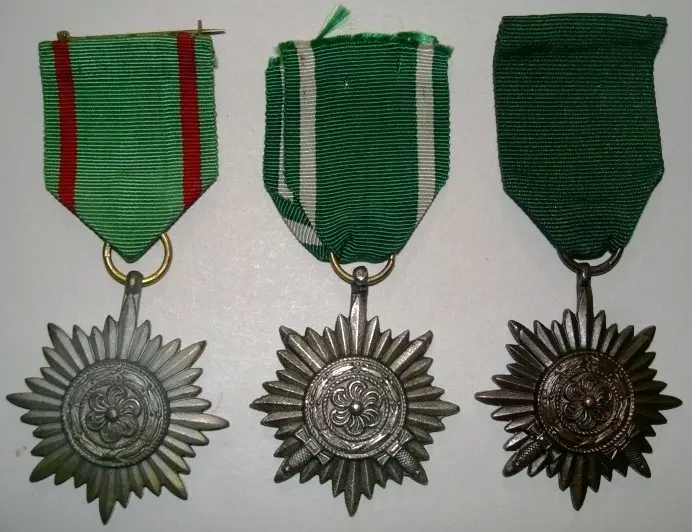
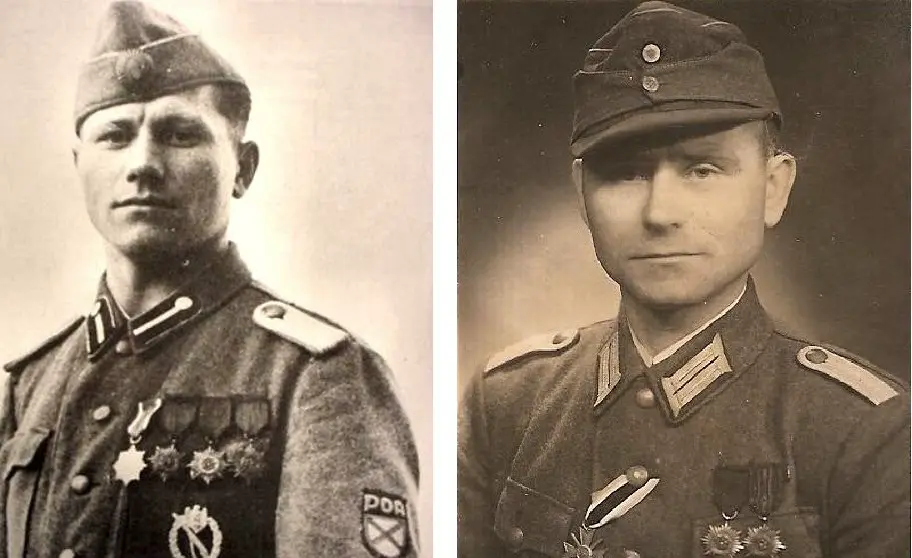
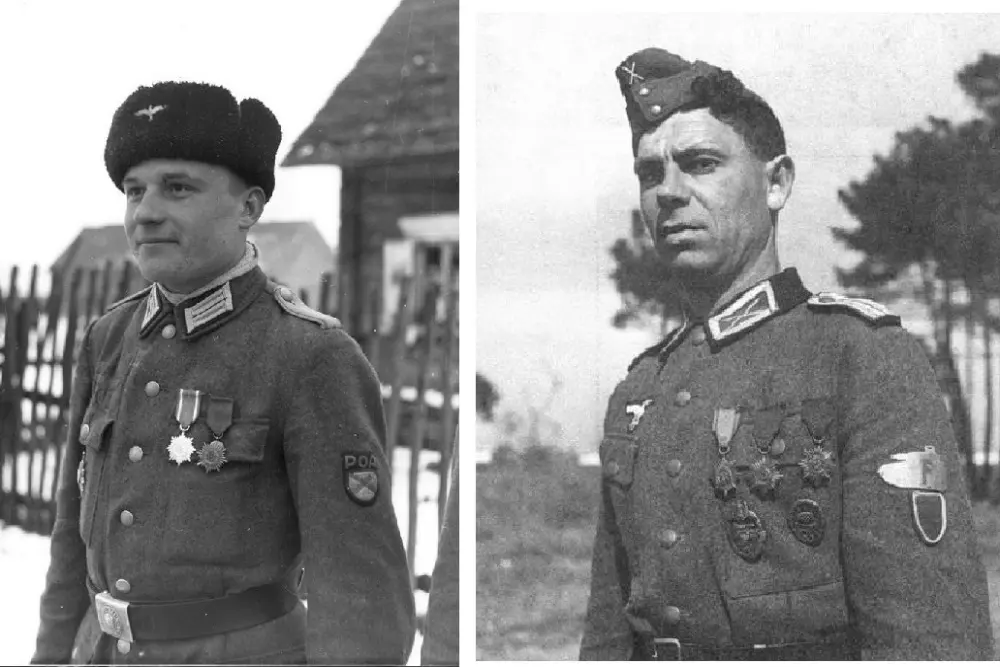



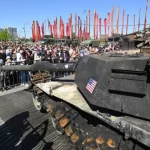







Comments